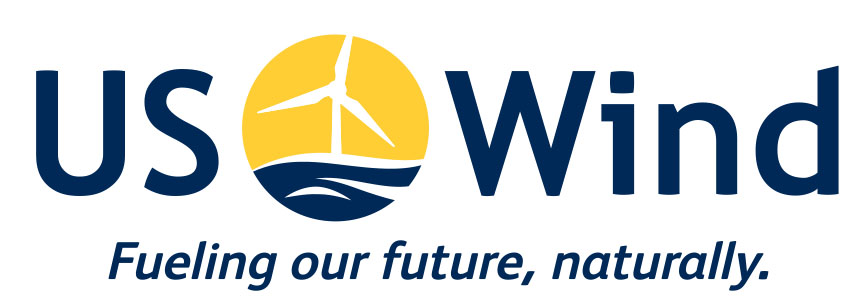The current state of offshore wind in the US – by state
There’s been dramatic and historic shift in the country, as states and U.S. territories turn towards renewable energy resources through legislation, new projects, and new markets—especially in the offshore wind industry.
We’ve covered progress from several states in the past, and according to American environmental organization Sierra Club, more than 90 cities have adopted ambitious 100% clean energy goals. According to their report, six U.S. cities—Aspen, Burlington, Georgetown, Greensburg, Rock port, and Kodiak Island—have already hit their targets. These six cities now generate 100% of the energy used community-wide from clean, non-polluting, and renewable sources.
When it comes to offshore wind developments, here are a few states that have made significant changes:
- Maryland: Passing of the Clean Energy Jobs Act, which would pursue the state’s goal of achieving 100% clean energy by 2040, and would create between 5,000 and 7,000 direct jobs; an additional $18 million to be deposited in the Offshore Wind Business Development Fund; approximately $5 billion in new capital expenditures; and thousands of tons more of carbon emissions reduced or avoided altogether. Another is the installation of the MET Mast Tower, one of the nation’s first commercial-scale offshore wind energy projects in Ocean City, by US Wind in agreement with EPIC Applied Technologies. This will be used to collect raw wind data, validate the collected virtual data, and will also monitor the performance of the installed turbines during the lifetime of the eventual wind farm.
- Connecticut: The unanimous approval of An Act Concerning the Procurement of Energy Derived From Offshore Wind, which will authorize the development of the additional 2,000 MW (2,000 GW) of offshore wind capacity. In addition, Gov. Ned Lamont recently announced a $93 million public-private partnership to upgrade New London’s port to handle offshore wind.
- New York: The state supports the development of 9,000 megawatts of offshore wind energy by 2035, enough to power up to 6 million homes. The first 800 megawatts is included in the request for proposals (RFP), with bids due early next year. There are already at least four developers who submitted proposals for a total of 18 projects.
- Massachusetts: The An Act to Advance Clean Energy, Chapter 227 of the Acts of 2018 was signed into law, requiring the Massachusetts Department of Energy Resources (DOER) by July 31, 2019 to study the necessity, benefits and costs of requiring the Electric Distributions Companies (EDCs) to conduct additional solicitations and procurements for up to 1,600 megawatts (MW) of additional offshore wind. The legislation also directed DOER to evaluate the previous 1,600 MW solicitation under Section 83C and the associated procurement process and make recommendations for any improvements. This would bring the state’s total procurements to double to 3,200 megawatts. The first half of the initial 1,600 megawatts has “recently gotten state approvals for its contracts with Massachusetts utilities, and for the transmission line for connecting to the state’s electricity grid,” according to the Union of Concerned Scientists.
- New Jersey: The state has issued its own RFP in January, procuring the first 1,100 of its 3,500-megawatt target which is estimated to power more than 500,000 homes. Currently, there are bids from three developers for offshore wind power project of the New Jersey coast. Gov. Phil Murphy has made wind energy a priority and hopes to have 3,500 MW in place off the state’s coastline within the next 11 years.
- California: According to the Bureau of Ocean Energy Management (BOEM), they have sought input on the potential for wind energy development on three wind areas off the central and northern parts of the state. There are 14 companies that already indicated an interest in one or more of those areas.
Other states that have mobilizing offshore wind activity are Delaware, Florida, Georgia, Hawaii, Maine, North Carolina, Oregon, Rhode Island, South Carolina, and Virginia.
